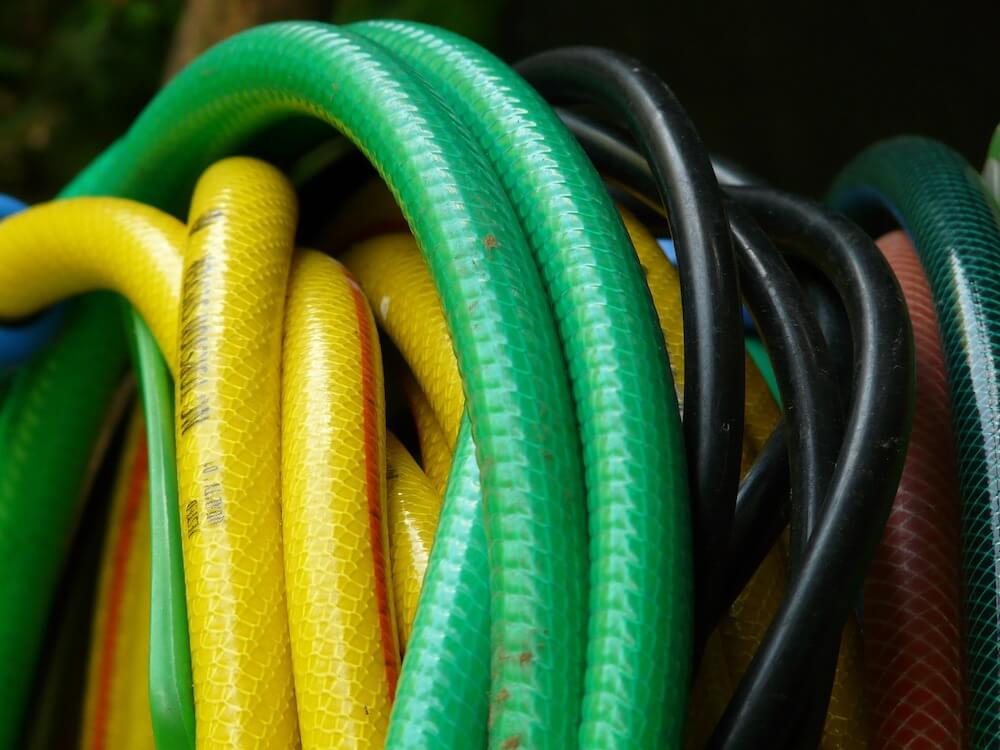If you’ve turned your water pump off over the winter months, chances are that it has run out of pressure. To get it working again, your water pump will need to be primed. This means that water will need to be flushed back into the pump and forced through – this creates the pressure it needs to begin pumping again. We’ve put a quick guide together to help you through the basic steps of priming your water pump.
1. Make sure the power is turned off
Never leave a pump plugged in while you’re working on it. Make sure that the electrical power is turned off by checking the breaker panel – you may even want to take a look at the base of the pump to double check.
2. Gain access to the pump system
You’ll need to access the pump system, so the next step is to find a plumbing fixture that will help you get access – this is usually the fixture nearest the water tank, but on a pool pump, it’ll be the strainer basket.
3. Check for damage
Make sure you inspect the pump thoroughly. You’ll need to pay attention to fittings such as piping for damage such as cracks. If the system has been shut over winter, it’s even more important to do these checks thoroughly. Drain plugs will need to be checked for issues such as re-tightening. A good way to check the valves is to manually operate them to make sure they function properly. Check that all hardware such as nuts and bolts are firmly in place, then inspect belts, pulleys and safety guards too.
4. Test a hose
Once you’ve found a hose, prepare it by flushing the hose through for a few moments to make sure you have clean water. Be careful, you should never drink from a garden hose that may contain lead. However, water should be drinkable if you’re using a well pump and filter the water well before and after it goes through the hose.
5. Open the relief valves
This is to stop pressure from building up – keep an eye on the pressure gauge too.
6. Attach the hose
Connect the fixture to the nearest water tank on a standard water pump. If you’re using a pool pump, place the hose in the strainer basket.
7. Turn on the water and wait for it to enter the tank
You should be able to hear the water as it fills the tank or notice the water pressure gauge rising. For pool pumps, the strainer basket should be filled before you close the lid. Turn off the water to the hose when you see it coming out the opposite end.
8. Turn the power on
Let the pump run for approximately one minute. If you opened any relief valves, wait until water begins to run from them before closing them again. If the pump turns off naturally, it’s primed. If not, you may need to repeat the process.
If you’re still looking for a reliable water pump then look no further than our array of different water pumps. For those that are struggling with the priming process then we do also offer a range of self-priming pumps.
